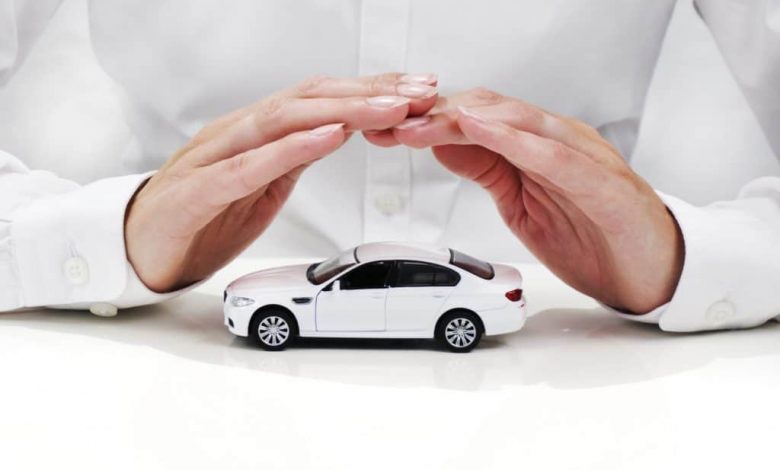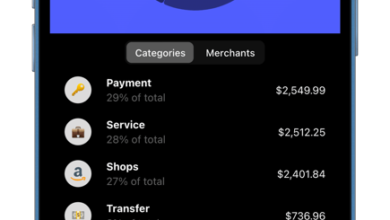Rating the Risk – Underwriting In Motor insurance

One of the steps involved in the process of underwriting is Rating the risk. Insurance companies need to assess how risky it will be to sell you an insurance policy. If you are considered a risky driver, you will hardly be able to buy now pay later car insurance.
There are various methods of rating the risks based on the information obtained by the underwriter. Some of the methods are as follows:
Book rate
Some insurance companies may have their own underwriting manual which guides the underwriters for writing the risk. The manuals may provide the base rate or we can also name it the book rate structure and the underwriter based on the other parameters will make adjustments to the base rate to arrive at the net rate. For good features the underwriter gives discounts and for bad features, he may load the premiums.
For example, the rating of a private motor vehicle is 4% as per the book maintained by the motor insurance underwriter. The book states that if the vehicle is in operation in the city with a population of 500,000 then the rate to be loaded by 10%. If the insured opts for a voluntary deductible or $ 5,000 then the rate can be reduced by 25%. Good features like theft guard will allow a discount of 5% from the rating.
Suppose Mr. X wants to ensure his car works 100,000 and it is being operated in New York city then the underwriter will take the book rate of 4% and load it by 10% to make it 4.4% and rate the risk accordingly. The new premium will work out to $ 4400 instead of a standard rate of US $ 4,000. Similarly, if he is opting for a voluntary deductible of US $ 5,000 then he is entitled to a discount of 25% on the revised rate. The underwriter will recalculate the rate by allowing the necessary discount. After the discount, the rate comes to 3.3%. This revises the premium to $ 3,300. Similarly, other terms are also scaled as per the needs and quality of the risk.
Read more: personal finance software
Tariff
Some countries may have a tariff rating system, it is usually prescribed by a tariff body, which is set by an advisory body and it becomes mandatory for the members to follow the rates prescribed in the tariff. The members are not allowed to breach the rates prescribed by the tariff. This was a mandatory system of rating for motor insurance in India prior to the privatization of insurance. The tariff system is also used in other classes of insurance.
Rating through smart systems
This can be done semi-automatically or fully with the aid of computerized programs also known as smart systems. The program may give the rating along with the conditions to be incorporated into the policy. All the required information related to the risk has to be fed into the system in order to get the correct output. Smart Systems are a great tool in the hands of a good underwriter. It provides a number of combinations to help him arrive at the right rating structure and get the right terms and conditions before incorporating the same into the quotation.
Experience rating
Experience rating is one of the traditional methods of rating. In this methodology rating of the risk is based on the past claims experience of the risk. This methodology is suitable for a fleet of vehicles. In this type of rating, the premium is scaled up and down to reflect the insured loss experience during the part period. A risk with good experience gets a good rating, whereas an account with bad experience gets a higher premium and higher deductibles.
There is an assumption that a good performing account will continue to perform well and yield good results. One of the common methods of experience rating is the “burning cost method”. Under this, the ratio of losses and premium required to cover the same is worked out in order to arrive at a suitable rate.
Judgmental rating
Judgmental rating is usually done for personal lines and small accounts, where there is a lack of sufficient information and the underwriter is generally satisfied with the risk being insured, he will go in for judgmental rating. However, in this type of rating, the underwriter should be careful so that he does not go below the minimum rates required to sustain the risk, he should also remember the requirement of the minimum premium required for each risk.
Business decision rating
In certain markets, there may not be much maneuverability, but the underwriter may be forced to take a business decision. We define business decision as “A decision taken to secure a business, to get the goodwill of the business or the market. The ultimate goal of the decision is to procure more business from the customer and the market”. The customary rate of the insurer is usually discounted to secure the business.
From the underwriting point of view, the simplest underwriting is for third-party insurance followed by personal lines insurance. In motor third party insurance the rates are usually fixed and are non-negotiable. Almost all the countries in the World have mandatory third-party motor insurance. Hence the coverage is usually standardized, this also leads to the standardization of the rates and the underwriting process.
Regulators
The rates are based on the experience of the insurer and the overall experience of the market. The rating may be decided by the insurer and in most of the markets, the ratings have to be approved by the regulators. Under personal lines insurance, the insurer may have gone by the base rate and then look into other parameters and work out a net rate that is easy to compile with.
Whereas in the fleet policies the underwriter has to first classify the vehicles and then segregate the losses under each section and then rate them accordingly. The underwriter will also decide about the deductible and usually, he will have a compulsory deductible and usually, the deductible is different for different types of risks like in the personal lines insurance it will be least for the two-wheelers and it will be highest for the sports cars. The commercial vehicles will also have a higher deductible.
Regardless of the type of risk, you may represent as a driver, you have the opportunity to obtain the insurance premium you need. Get and compare Citizens Insurance quotes online and get covered with the plan that best suits your insurance needs.




